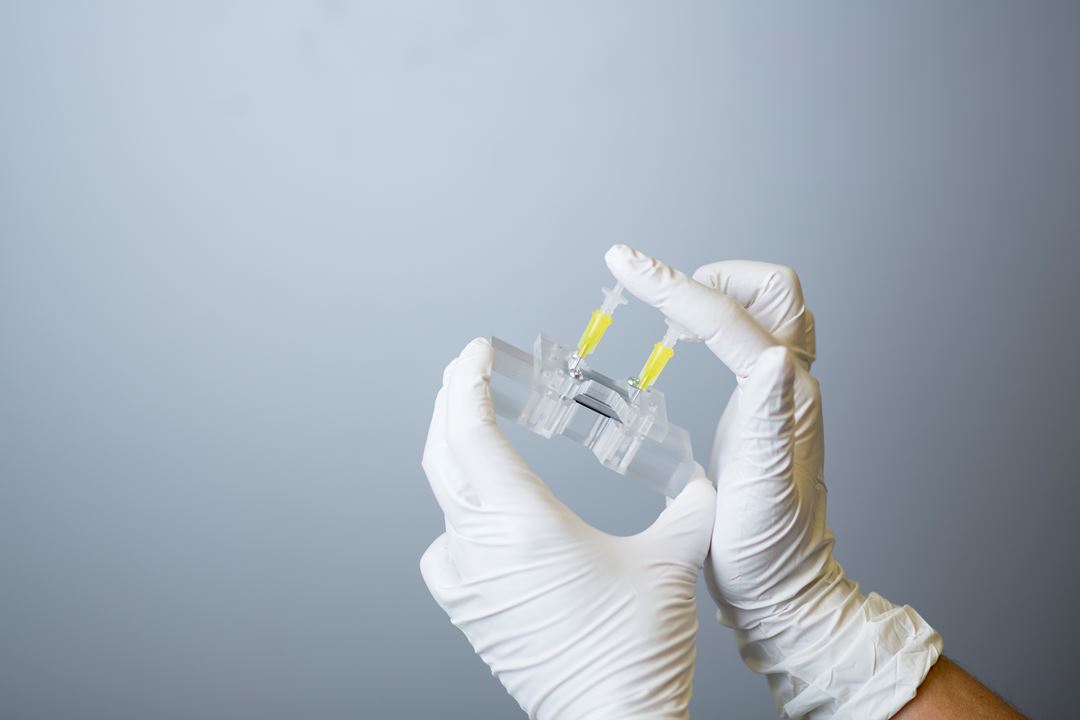The two platforms, each targets the same application but addresses different volumes in the detection area - μL and mL ranges. The envisioned platforms will combine the advantages of highly specific and sensitive, surface enhanced Raman spectroscopy (SERS) with the versatility, portability, and low costs of electrochemical sensing. SINTEF will participate in the development of the dual SERS-EC sensing platform to be integrated in a microfluidic system for analysing water samples in μL volume range. Integration of sensors with microfluidics may lead to multiple benefits. Some of these are efficient flow control at microscale, optimal or even enhanced sensitivity to target analytes, multiplexed and parallel analysis tailored to the sensors' requirements and the test environment, flexibility towards integration of sample preparation, user-friendly packaging, ease of use in the field, and ultimately increased reliability of performance. The POLSENS project involves many exiting technological and scientific challenges associated with combining the two sensing methods and their integration with microfluidics.
The proof of concept will be demonstrated on organohalide pesticide endosulfan, an emerging pollutant according to the Stockholm Convention and the JRC Watch List. Extending the adaptability of the proposed sensing platform to the detection of other environmental pollutants (e.g. lambda-cyhalothrin, thiabendazole) will also be considered. POLSENS project aims at accumulation of knowledge and data in the field of pesticides detection in surface waters where possible pollution sources are present. It therefore encourages improvements in routine legislative monitoring of pollutants.
To overcome the scientific and technical challenges, a diverse range of expertise, skills and infrastructure capacities will be combined: optical simulations and experiments, nanofabrication, microsystems technologies and microfluidics, advanced characterisation tools, plasmonics, surface enhanced Raman spectroscopy, electrochemistry, gas chromatography, and chemometric tools. The project coordinator is the National Institute for Research and Development of Isotopic and Molecular Technologies Cluj-Napoca. Other partners are Iuliu Hatieganu University of Medicine and Pharmacy in in Cluj-Napoca and NANOM MEMS SRL company located in Râșnov. The developments in this project will establish a long-term research collaboration between the Romanian and Norwegian partners.

